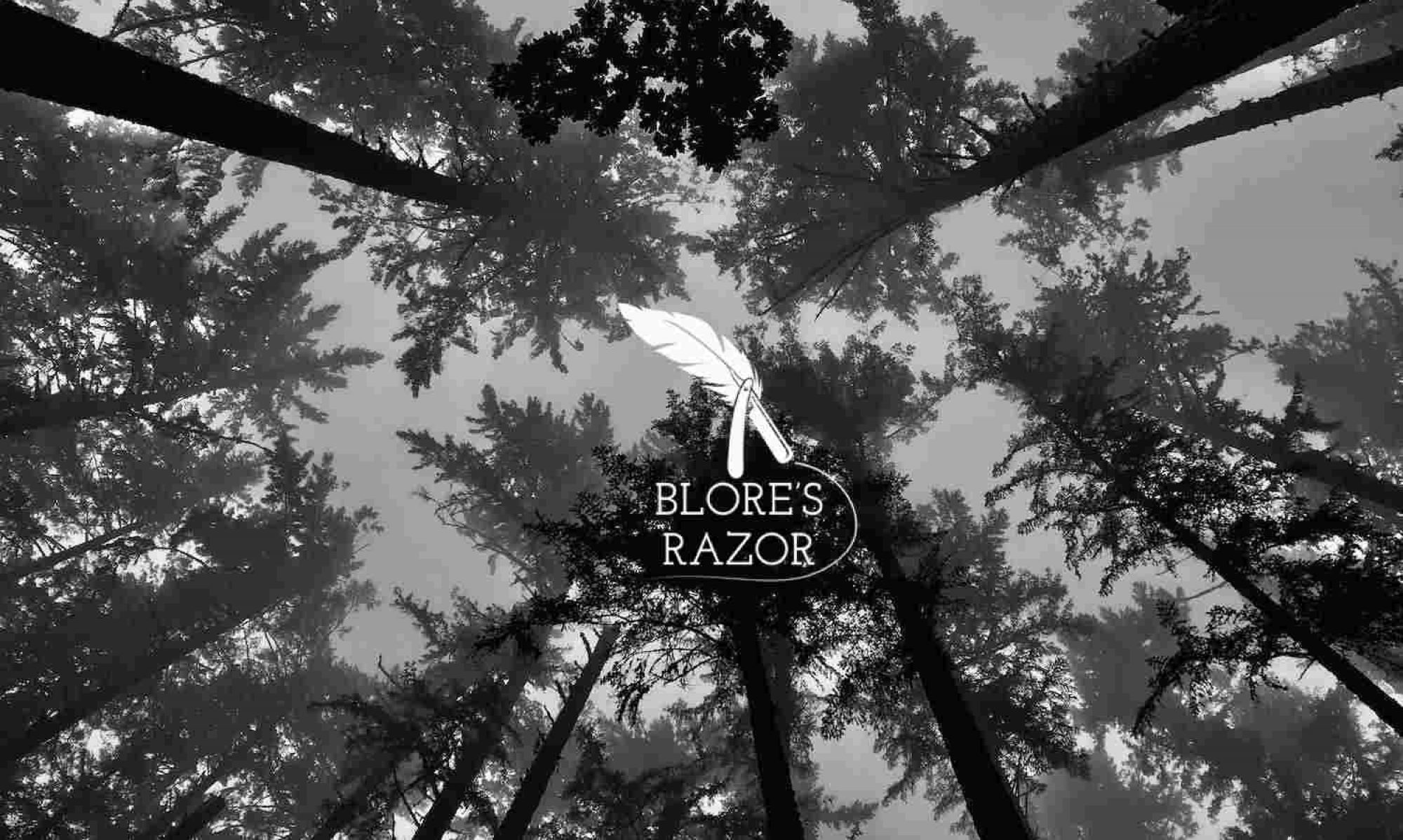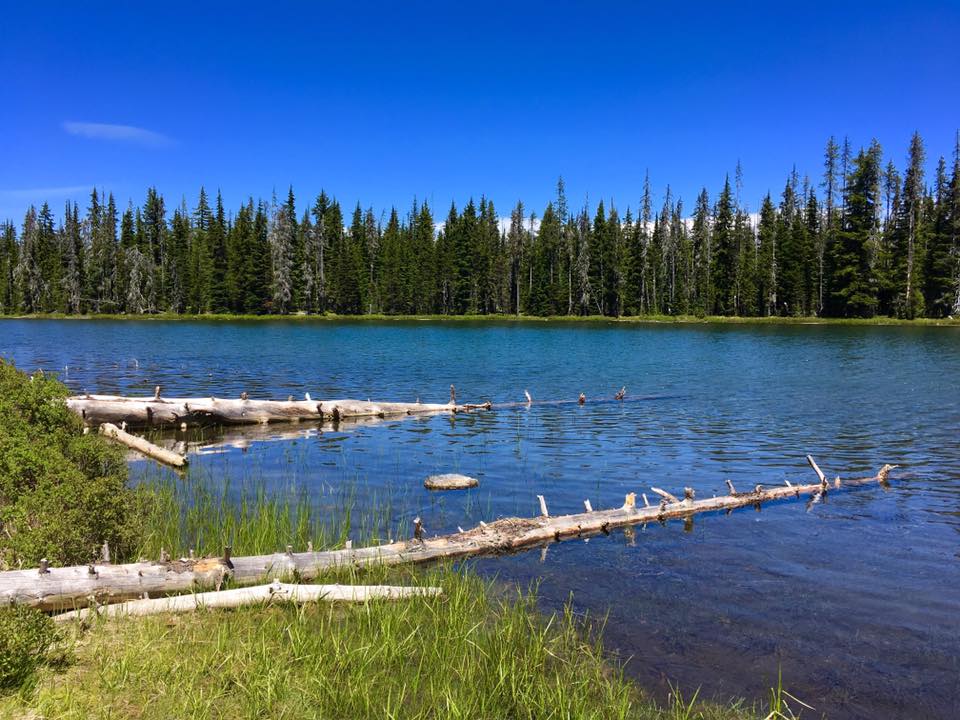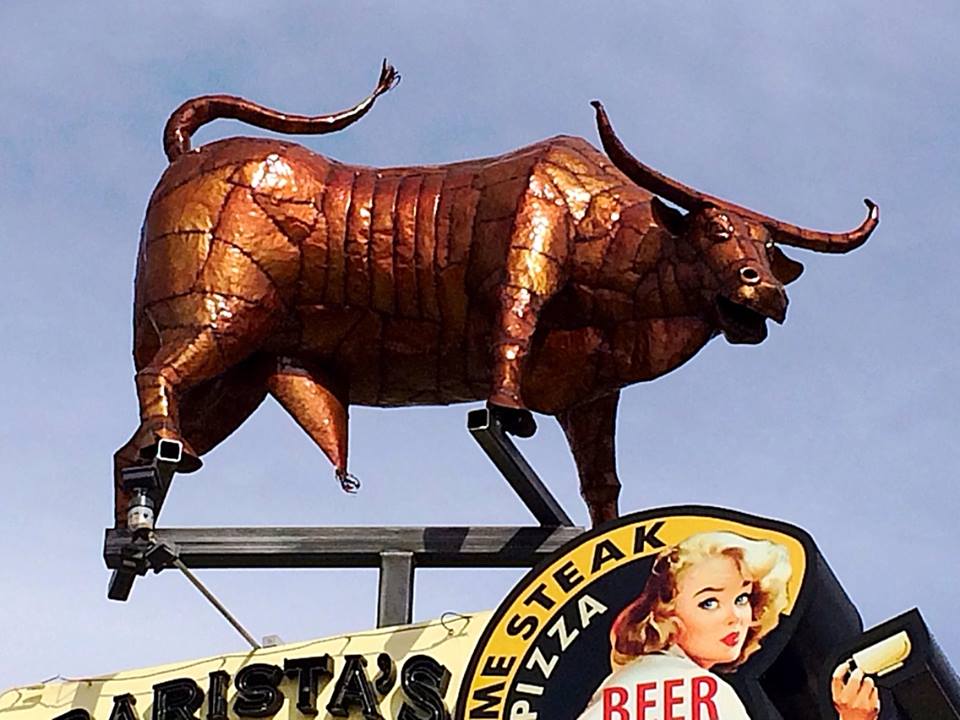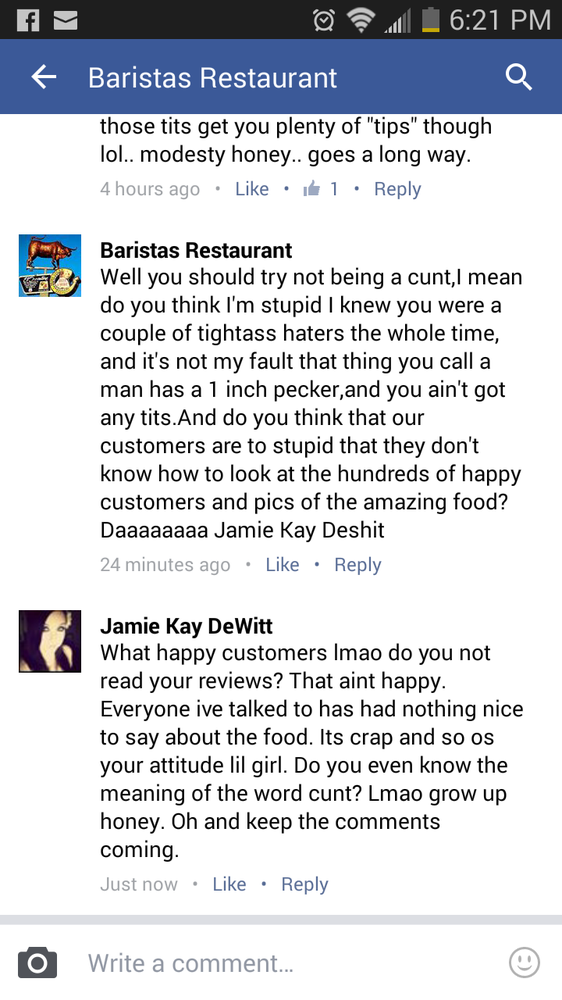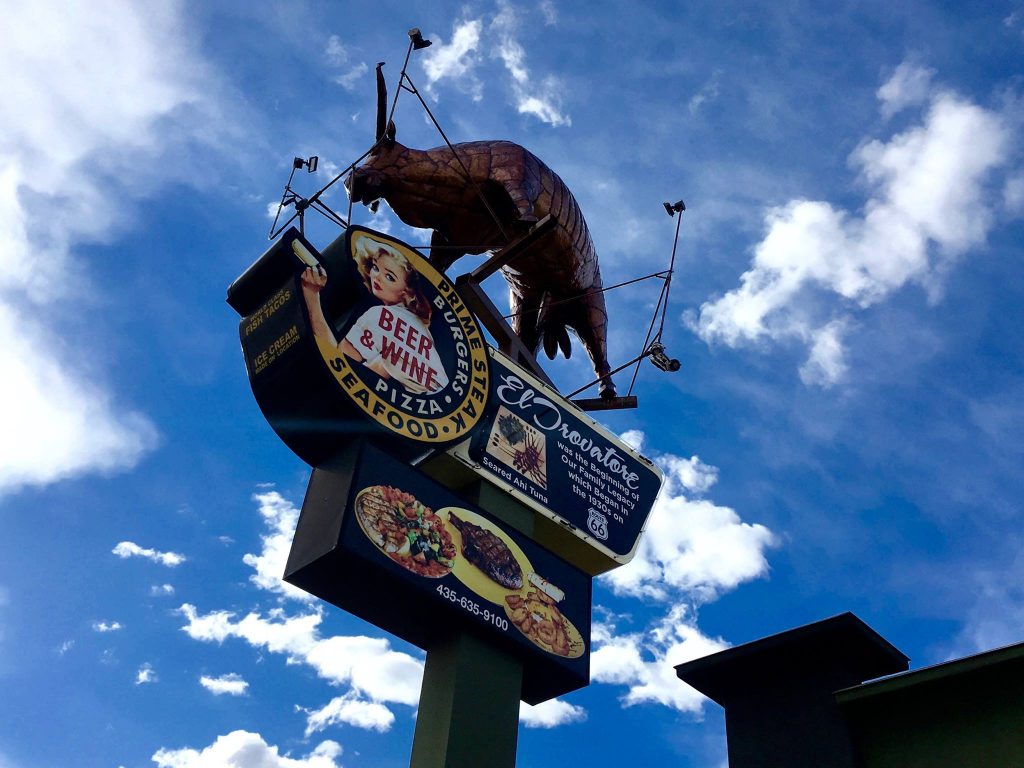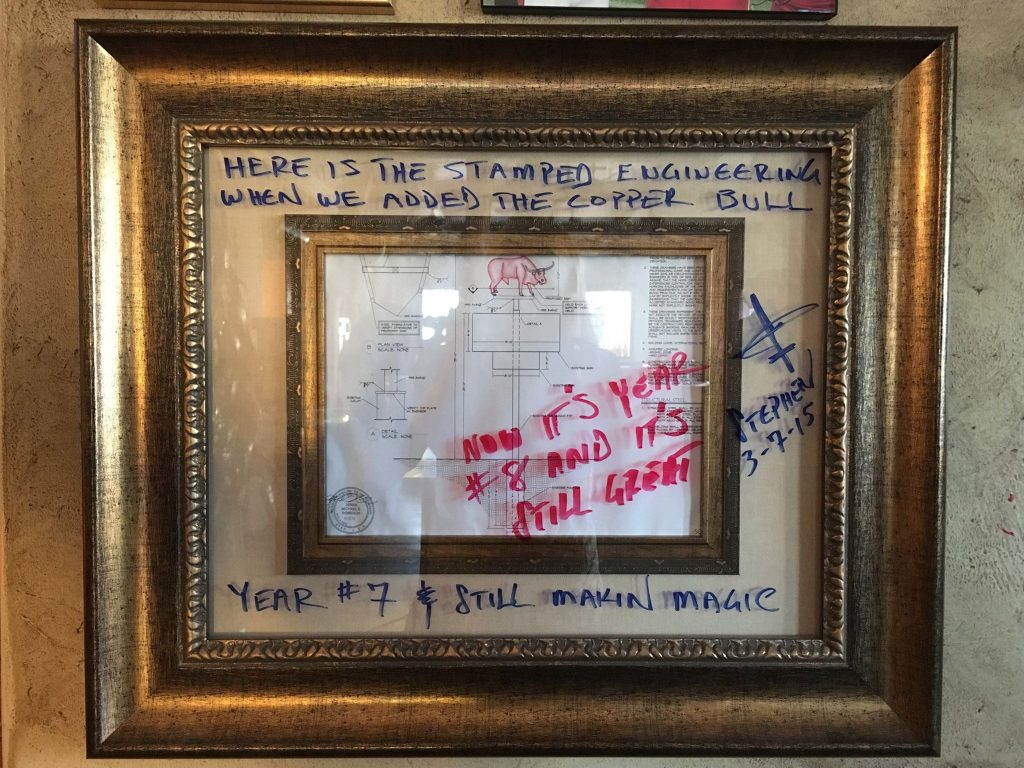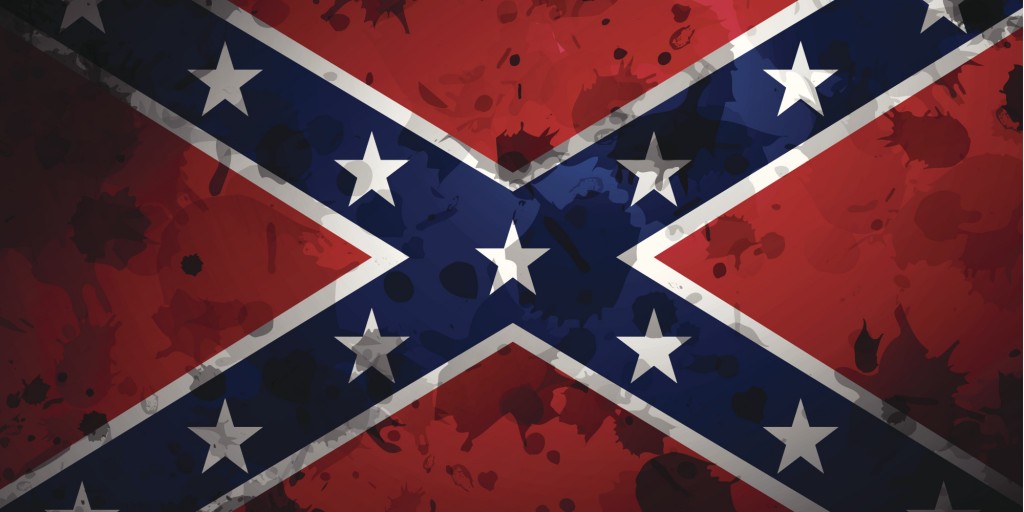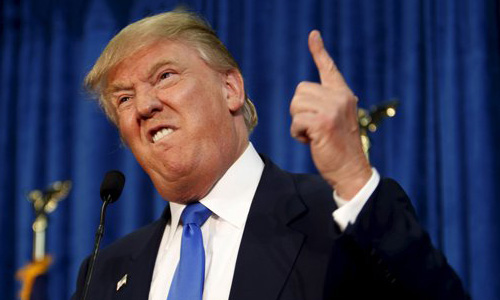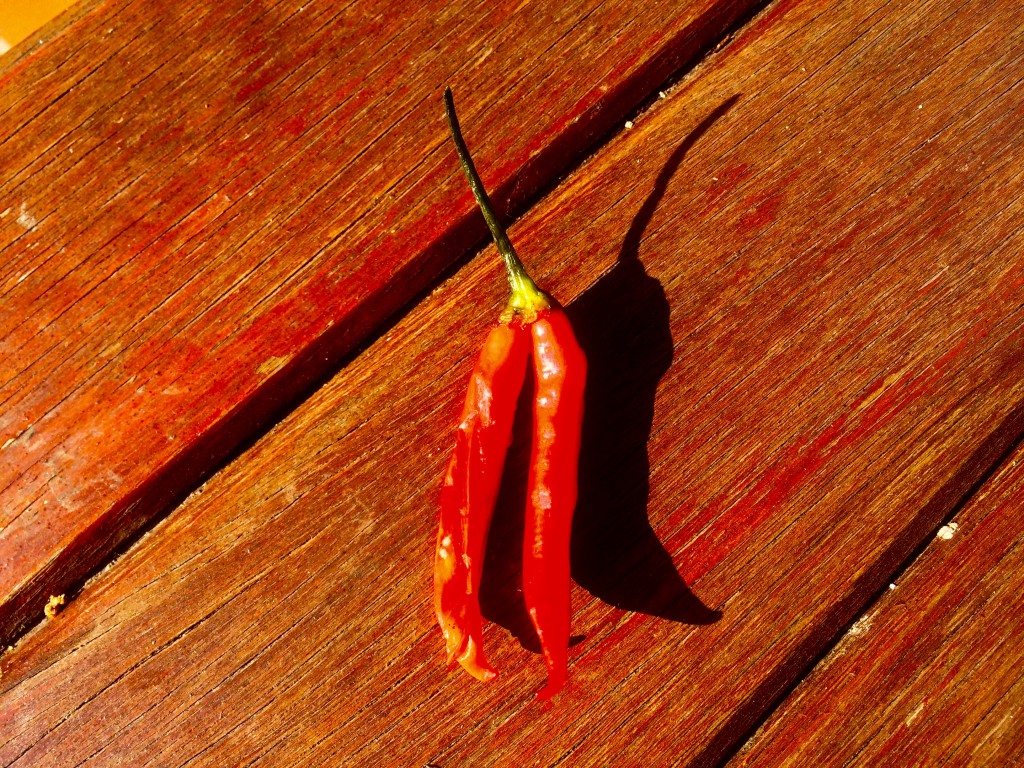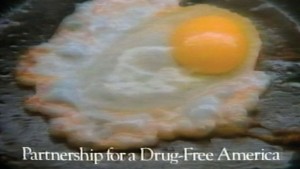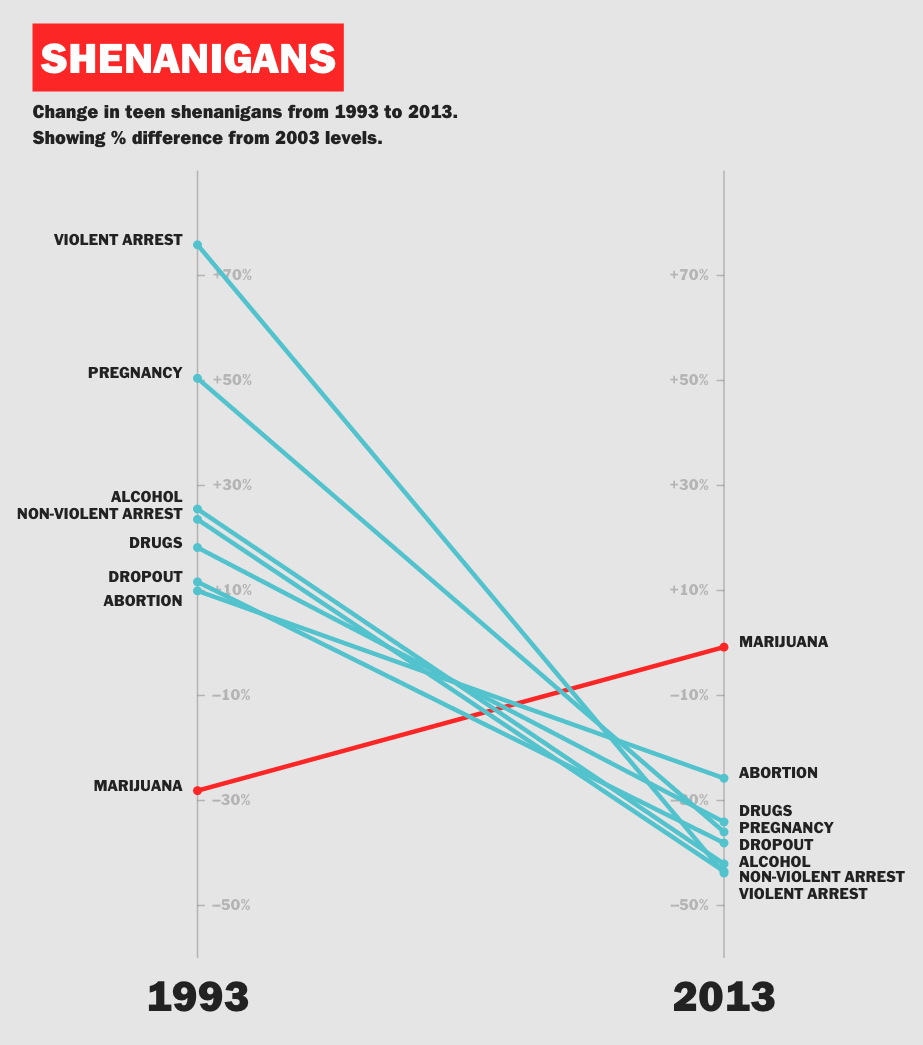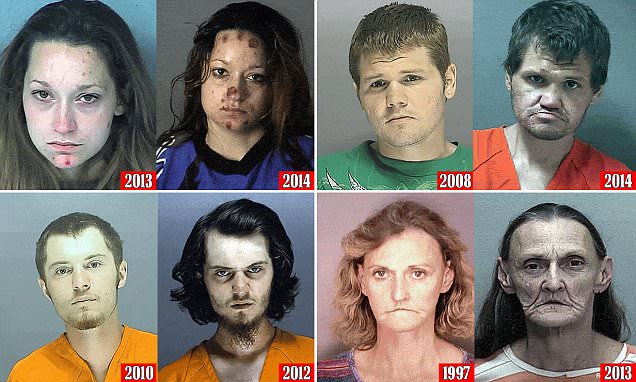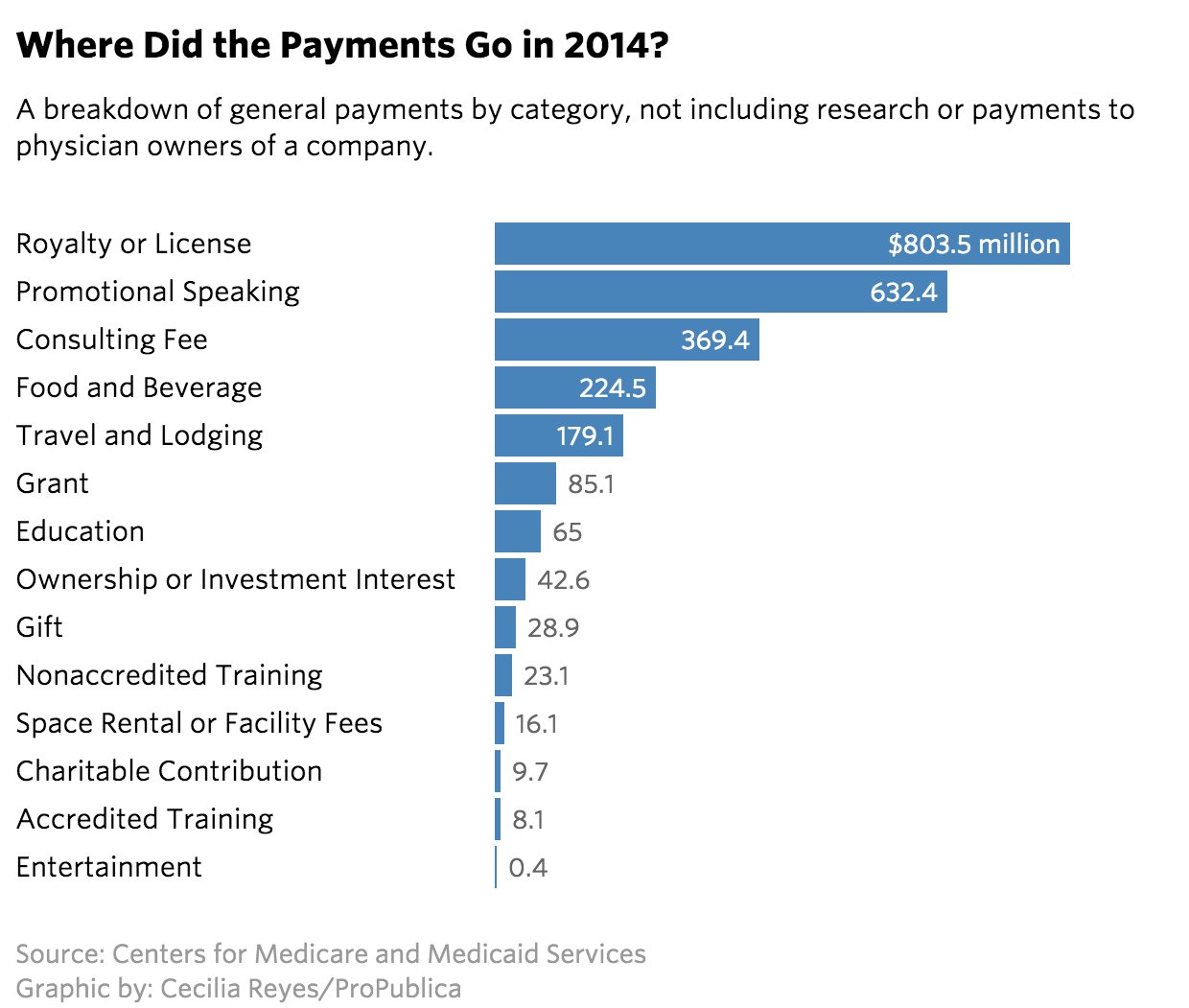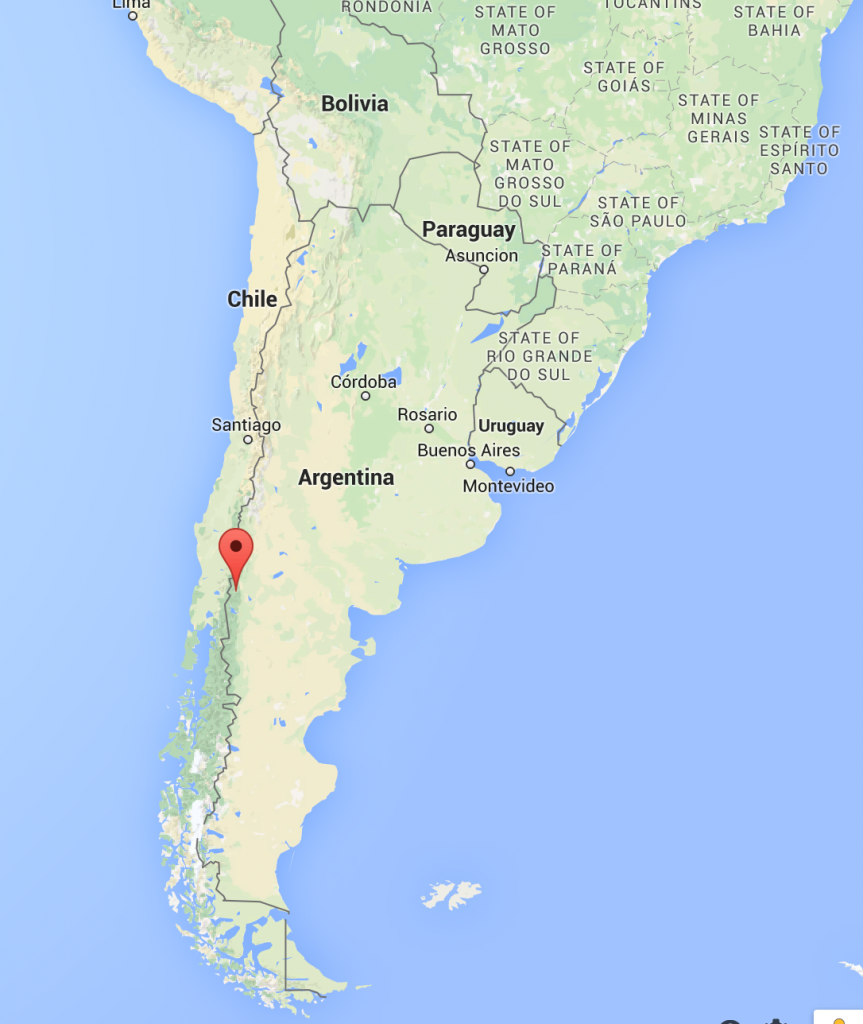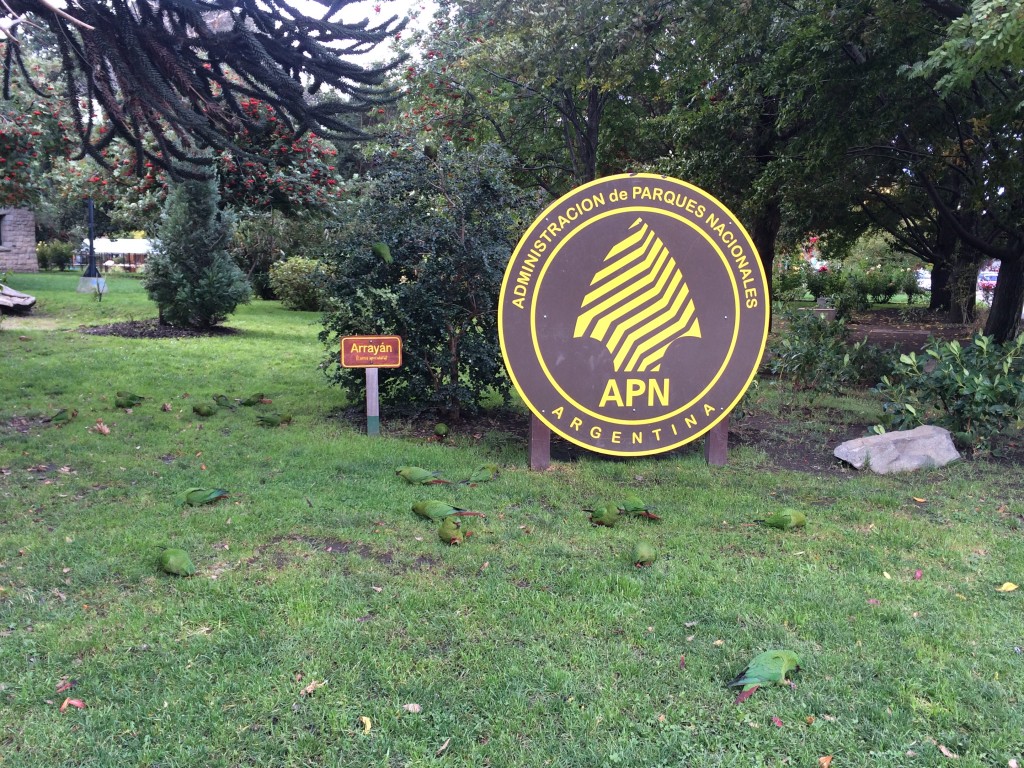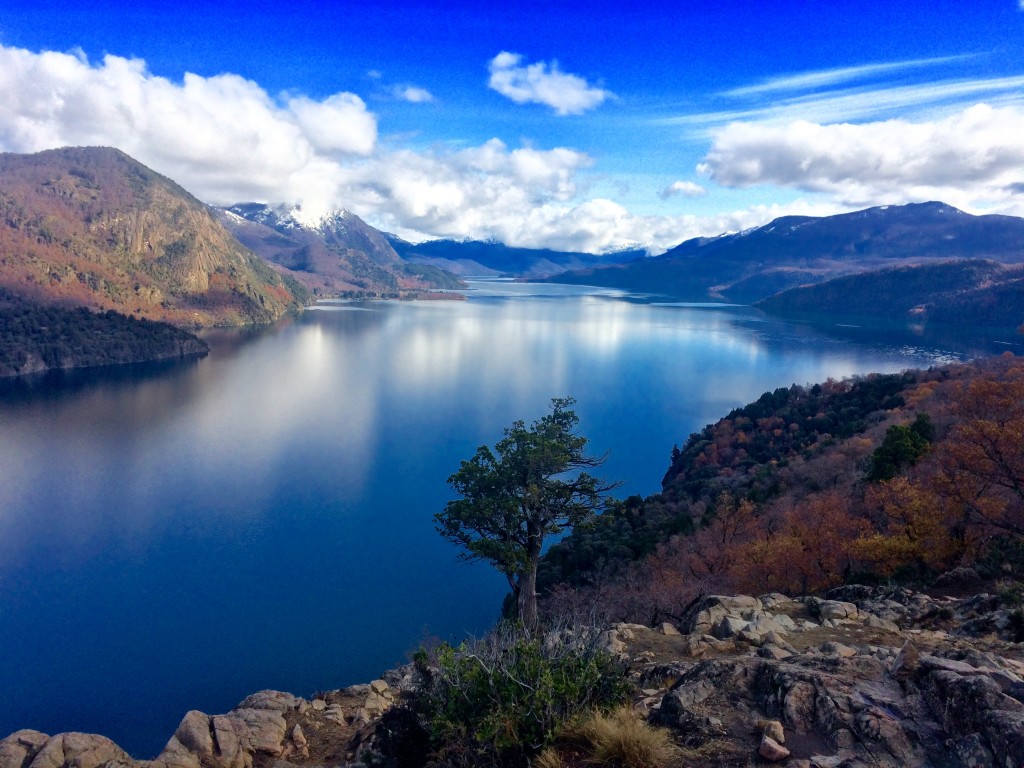
The following are two short essays I wrote roughly a year apart. If nothing else, PLEASE VOTE IN NOVEMBER. Thank you for being so interested.
August 2015: The Republican Primary
Have you noticed that American presidential elections begin earlier and earlier, kind of like the Christmas shopping season? It’s August 2015 and already the political parties are adorning their platforms with twinkling lights, hosting festive banquets to woo donors, and of course, doling out goodies to citizens who show their support. ’Tis the season for giving (to your favorite candidates)!
The first Republican primary had more than enough players to field a football team with its members broken into two separate debates: a “happy hour” B-squad (i.e., the kids’ table) and the primetime showdown where all of the good ol’ (mainly white) boys could play. Let’s take a look at some of the questions directed to prospective leaders of the most powerful country in the world:
- Megyn Kelly to Donald Trump: “Your Twitter account has several disparaging comments about women’s looks. You once told a contestant on Celebrity Apprentice it would be ‘a pretty picture to see her on her knees.’ Does that sound to you like the temperament of a man we should elect as president, and how will you answer the charge from Hillary Clinton, who was likely to be the Democratic nominee, that you are part of the war on women?”
- Mike Huckabee in response to a question about women and LGBT people in the military: “The military is not a social experiment. The purpose of the military is to kill people and break things.”
- A question from Chase Norton on Facebook: “I want to know if any of [the candidates] have received a word from God on what they should do and take care of first.”
- Marco Rubio’s response to the question above: “Well, first, let me say I think God has blessed us. He has blessed the Republican Party with some very good candidates…And I believe God has blessed our country. This country has been extraordinarily blessed. And we have honored that blessing. And that’s why God has continued to bless us.”
Progressives view the Republican primaries as reality TV at its finest—a fight between Satan and Goliath set in the Coliseum—an embarrassingly entertaining display of xenophobia, arrogance, and greed. I admit that I take pleasure in watching the Beast of the Right devour its own tail, spewing frothy polemics against women’s rights to reproductive healthcare, immigrants, taxes, and anything Democrats have accomplished or championed. When I remind myself that these people have the power to influence my future and that of my children, it becomes less entertaining and more depressing, as if I’m waving the short sword of my words at a tidal wave of campaign donations which pull the strings of our political leadership.
September 2016: The Orange Gaffe Factory
It’s been more than a year since I wrote the first entry on my malaise with the American electoral system and I was reminded of these previously unpublished thoughts this morning. Something bizarre happened. I was riding my bike through a lush park in South Eugene when a bee flew into my face and wedged its fuzzy thorax between my sunglasses and head. I was still in motion and threw my sunglasses to the ground, slapping at my own face like a self-hating (or half-awake) crazy person. The damn bee stung me in the temple. So here I sit at the Wandering Goat sipping my latte, feeling the throb of bee venom like a railroad spike to the head. Naturally, this brings me to reflect on the current election cycle.
Since I last wrote, the unthinkable happened. There’s a hateful lunatic one step away from becoming the POTUS, and to those who say that Hillary isn’t much better: I don’t think you’re evaluating the situation rationally. Yes, I disapprove of HRC’s hawkish background, shady email practices, and troubling ties to the Wealthy & Powerful, but she’s undeniably the most qualified presidential candidate in our history. I need not remind you that this woman has been not only a supremely badass, activist First Lady—one who championed universal healthcare, the Children’s Defense Fund, improving education, etc—but also a US Senator and Secretary of State. Name another POTUS candidate from the past 200 years with superior political chops. You can’t? Exactly.
The thing is that with so many decades in the public eye, it’s impossible to not have an opinion about HRC, and sadly, many people who despise her are unable to articulate why.
- It’s her lack of charisma.
- Look at those cankles.
- Wow, check out her latest pantsuit. Barf.
I’ll tell you what it is: it’s a disgust with the establishment mingling with sexism. Is there any other explanation for the media’s unwavering lambast of her purported dishonesty, nepotism, privilege, health ailments, etc.? Need I remind you that these are the exact same qualities which Trump has embraced with gusto and is forgiven daily by Fox News pundits, WSJ editorials, and other anti-HRC voices? Not to mention the fact that her male contemporaries hardly face such scrutiny over these distasteful realities of being an American politician. Can you imagine a female (or minority) presidential candidate getting away with saying the following?
- “You know, it really doesn’t matter what the media write as long as you’ve got a young and beautiful piece of ass.”
- “When Mexico sends its people, they’re not sending the best. They’re not sending you; they’re sending people that have lots of problems and they’re bringing those problems with us. They’re bringing drugs. They’re bringing crime. They’re rapists.”
- “My IQ is one of the highest—and you all know it! Please don’t feel so stupid or insecure; it’s not your fault.”
- “My fingers are long and beautiful, as, it has been well documented, are various other parts of my body.”
- “The beauty of me is that I’m very rich.”
Don’t you miss the gold ole days when a man could be disqualified from public office for an enthusiastic roar? Speaking of the Orange Gaffe Factory, Trump’s continued candidacy is not proof that he’s qualified for office, but rather a testament to something I learned ten years ago at Berkeley: twenty percent of people can always be counted on to do the unthinkable.
I learned this in Professor Dacher Keltner’s social psychology class during a lecture on taking surveys. He joked that in all psychological surveys (despite the topic), one-fifth of respondents will invariably select the terrible answer, the Joe Bloggs choice—that is if JB were a total sociopath.
A survey about how to address children in poverty? Twenty percent will elect to let the snot-nosed tykes die in the streets if they can’t help themselves.
A survey about gun ownership? Twenty percent will elect to provide firearms to every man, woman, and child without background checks and ample ammunition in the spirit of the Second Amendment.
A survey about American foreign relations? Twenty percent will elect to bomb the hell out of those who are jealous of our freedom.
Sure, my examples are hyperbolical, but I’ve seen this model play out repeatedly in the social psych research, and we simply have to accept that right now, that batshit 20 percent contingent is the Trump voters. So take heart! Although it feels like the pain of Trump’s bee sting to the temple will never subside, it will. He’ll lose in November, and resume doing what he does best:
- Crowing self-righteously on TV.
- Harassing women about their appearance.
- Grabbing headlines with shameless racism and xenophobia.
- Paling around with rich assholes like Roger Ailes.
Trump will continue to milk the limelight for business opportunities. I predict he’ll usher his 13 million outraged supporters into the audience of a new media organization, and the GOP will officially flatline. While I’d like to posit a few names for his nascent news programs—“Why Liberals Really Chap my Hide” comes to mind—I think we all know where this is headed: TRUMP. Because that’s what the Orange Gaffe Factory does best. Why would an egomaniac forgo a gilded opportunity to slap his name on yet another venture which exploits the poor and the uneducated?
